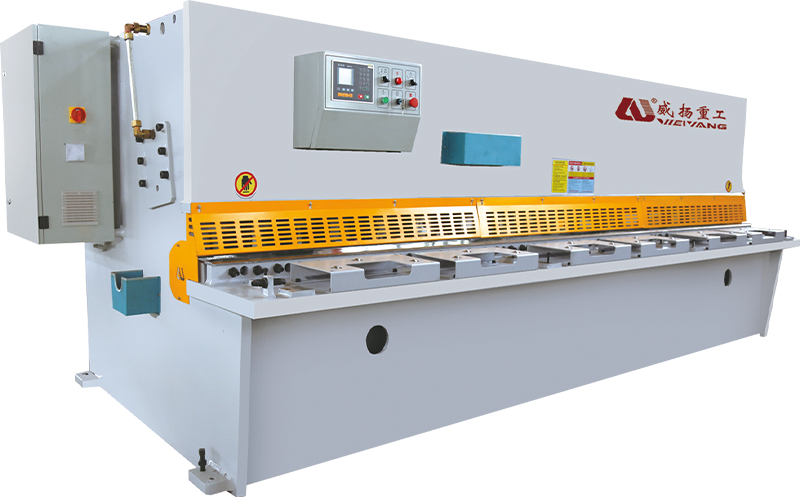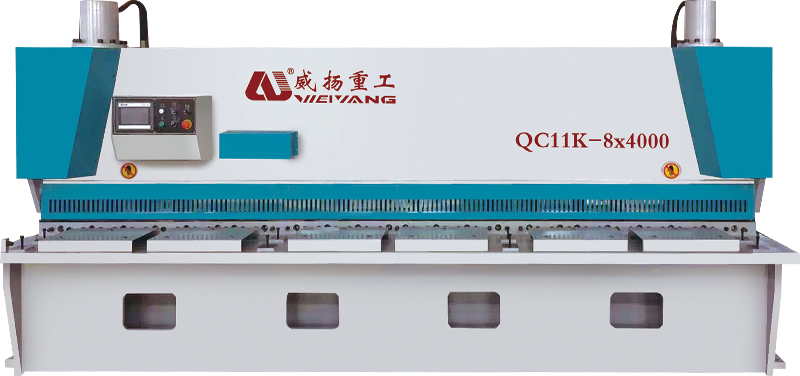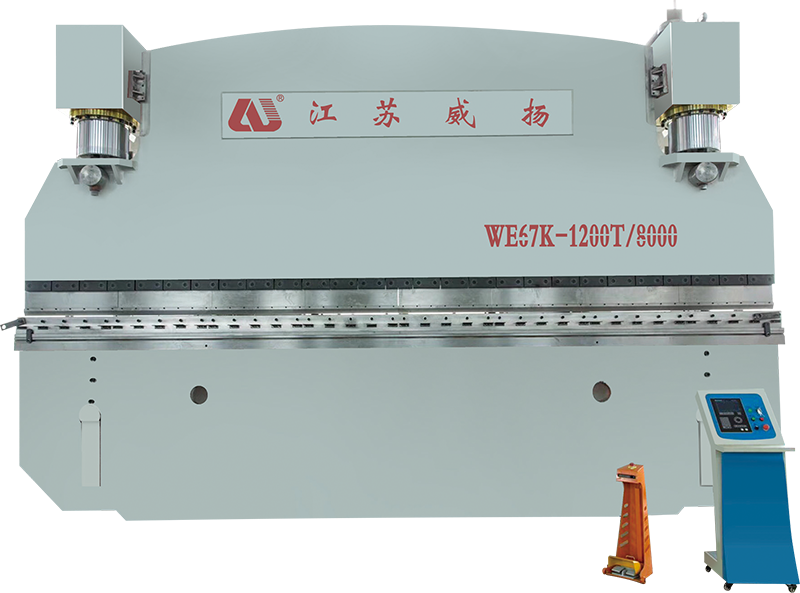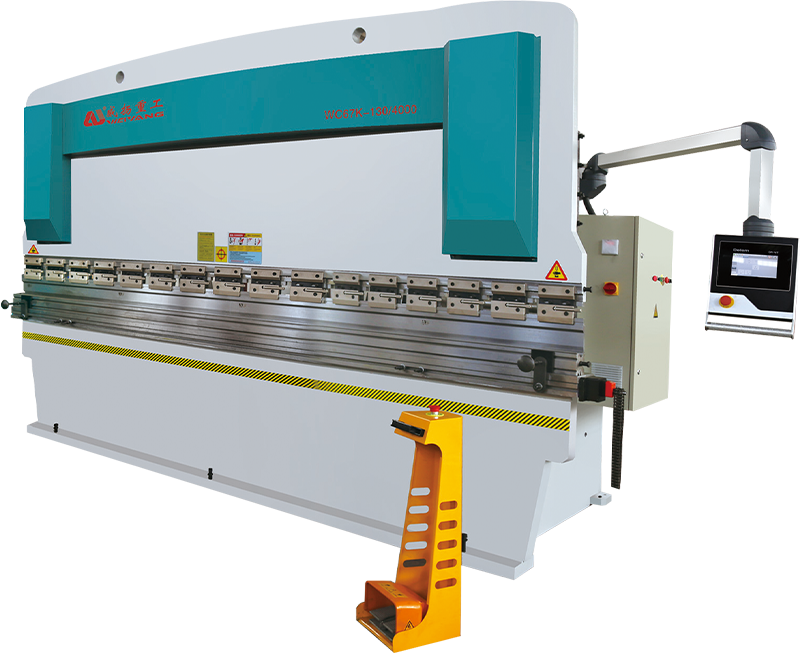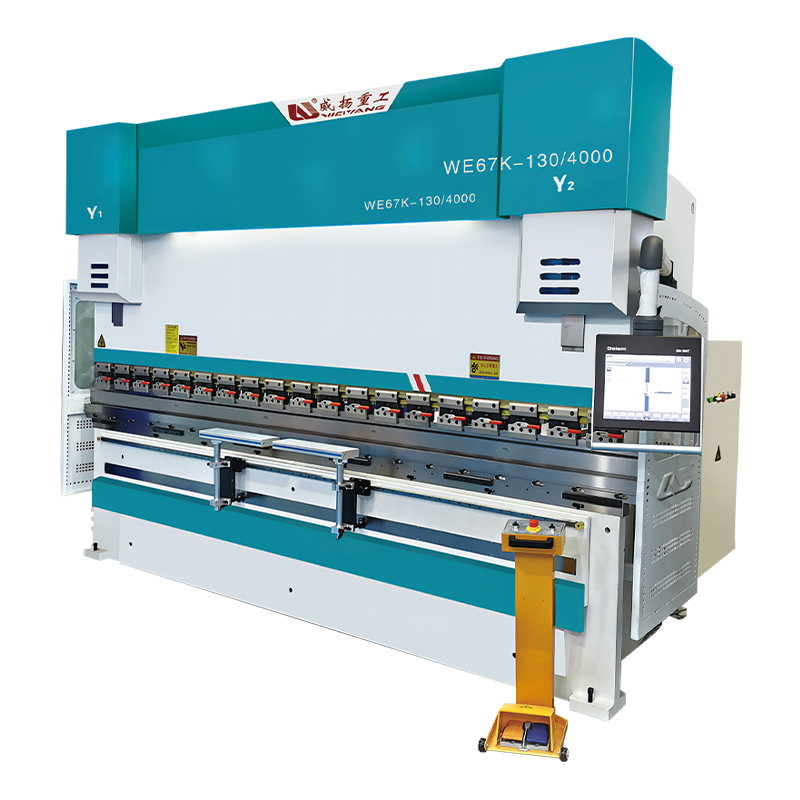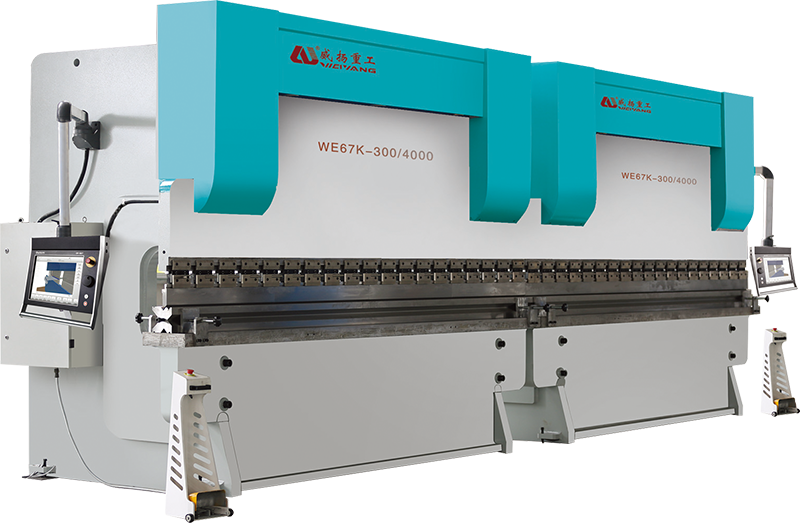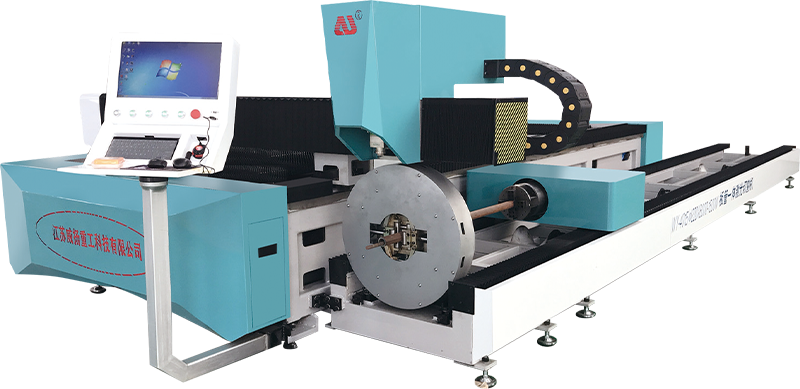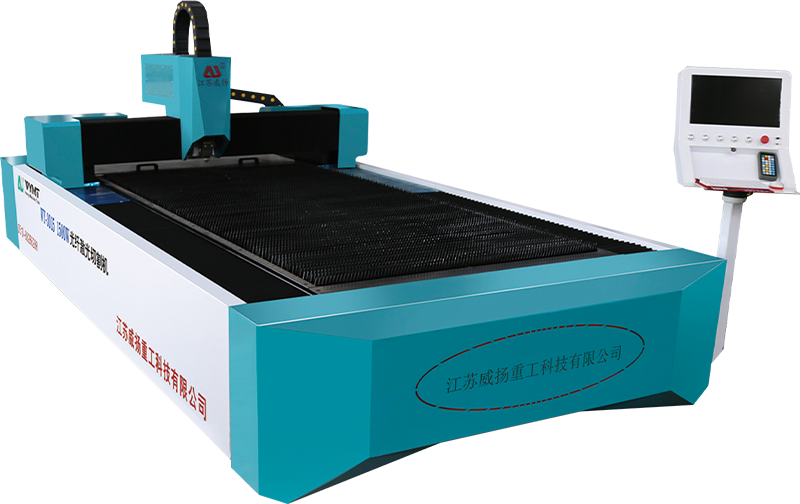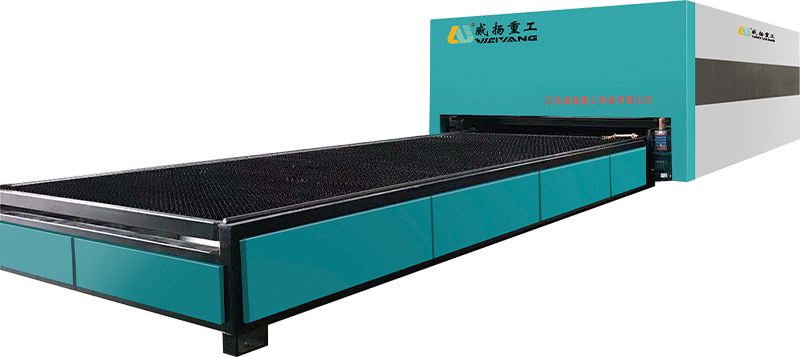How does the Handheld Snow Blower handle obstacles like curbs, rocks, or uneven pavement?
Adjustable Skid Shoes: Many Handheld Snow Blowers feature adjustable skid shoes, which are essential for adapting to various types of surfaces, particularly uneven or rough terrain. These skid shoes can be easily raised or lowered to adjust the clearance between the auger and the ground. When set correctly, they ensure the blower does not scrape against the surface or cause unnecessary wear, especially on delicate pavement or uneven ground. This feature helps protect the surface while ensuring that snow is cleared effectively. By altering the height of the skid shoes, users can also avoid curbs and prevent the blower from damaging the driveway or sidewalk, allowing for better control over the depth of snow removal.
Chute and Auger Protection: The auger system of a handheld snow blower is designed to move snow efficiently by rotating and throwing it away from the clearing path. To handle hard obstacles like rocks, curbs, or debris, many handheld snow blowers incorporate impact-resistant chutes and auger protection mechanisms. Some models have an automatic reverse function or clutch disengagement system, where the auger halts its rotation when encountering a solid object. This feature reduces the risk of mechanical damage to the auger, preventing it from becoming jammed or breaking when striking hard surfaces. Many models come equipped with debris deflector shields that divert small rocks or sticks away from the auger, minimizing the chances of clogging or damage.
Impact-Resistant Materials: The housing, auger blades, and chute of many handheld snow blowers are constructed from durable, impact-resistant materials, including high-strength plastics or steel alloys. These materials are specifically engineered to withstand minor impacts from curbs, rocks, or other debris encountered while operating the blower. By using such materials, the manufacturer ensures that the blower can handle occasional bumps or collisions without compromising the integrity of the equipment. The rugged construction allows the handheld snow blower to remain functional even in the event of contact with obstacles, which is essential for long-term durability in harsh winter conditions.
Motor Torque and Speed Control: A crucial aspect of preventing damage when the snow blower encounters obstacles is the variable speed control or motor torque adjustment. High-quality handheld snow blowers often come with the ability to adjust the motor speed or torque output, providing the user with better control over the performance of the blower. When approaching obstacles such as curbs or large stones, reducing the speed or power output allows the auger to move more cautiously, preventing it from becoming jammed or damaged. This control mechanism ensures smoother transitions when the blower encounters harder snow or debris, preserving the motor’s longevity while maintaining operational efficiency.
Wheels or Tracks for Enhanced Mobility: Many handheld snow blowers are designed with wheels or tracks that provide enhanced traction, stability, and mobility, especially when navigating uneven ground or obstacles like curbs. Models with larger, air-filled wheels or rubberized tracks offer superior maneuverability across rough, uneven surfaces, ensuring better grip and reducing the likelihood of the blower getting stuck. The larger surface area of these wheels or tracks helps distribute the weight of the blower, preventing damage to softer ground surfaces and minimizing the impact of hitting obstacles.





